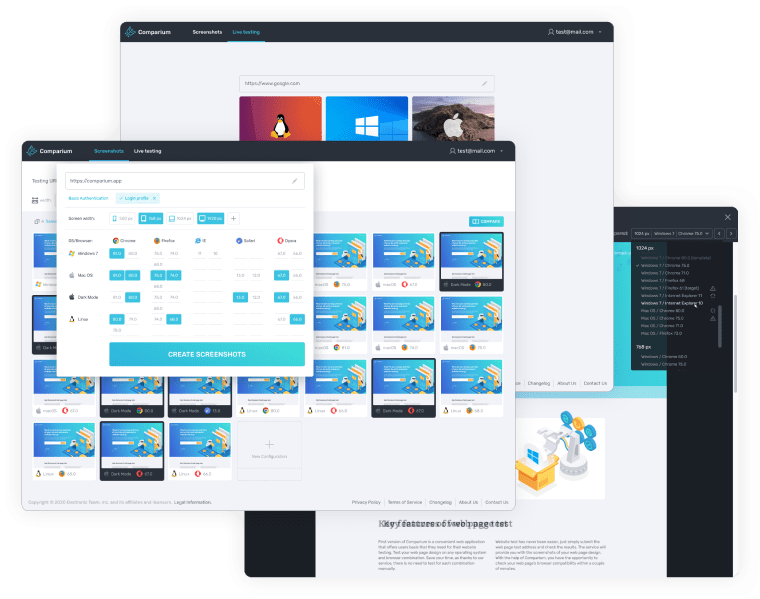- How Does Usability Help with a Website?
- Common Methods of Website Useability Testing
- Supervised Testing
- Indirect (Automated) Testing
- Remote Supervised Tests
- How to Perform Usability Testing
How Does Usability Help with a Website?
Websites in particular have 2 characteristics that can be strongly influenced with well-conducted website usability tests. These are user conversion and retention. There’s no better way to get paying and returning customers - convenience is attractive in regards to any website, whether it be an e-shop or a university homepage.
Both new and returning visitors will be more enthusiastic, if your website can be described by the following statements:
- It fulfills its function completely;
- It’s quick to use;
- It’s pleasant to the user.
These are the general tenets of usability, adapted to the specific case of websites.

Common Methods of Website Useability Testing
These are the three main methods currently in use by web UX testers. Each has its own upsides and downsides, so don’t be too quick to dismiss any one of them.
Supervised Testing
Supervised tests are conducted in the presence of researchers. They require specialized spaces and physical recording equipment. The acquired data can still be digitized, nonetheless. Direct access to your testers allows for the use of advanced website usability tests, eye-tracking for example.
Even if you don’t have equipment like that, there are noticeable advantages to supervised testing. Notably, they allow you to ask questions on the go. With assistance from a researcher, the test subjects will be more direct and efficient when completing their instructions.
Most importantly, people who underwent usability tests can assist you in other types of UX testing, discussion and design. In-person testing remains the most versatile method of usability studies.
Indirect (Automated) Testing
Web usability testers can be found and hired en masse on digital testing platforms. The process is highly streamlined: give them test cases, and they’ll give you feedback and results.
Proofreading the tasks is more important in indirect testing than in any other type. Without a helping hand, the testers will get confused and stuck on incomprehensible instructions. A lot of attention should be given to their objectives - these studies tend to produce a lot of data, so you only want the important parts.
Remote Supervised Tests
This method permits guided tests that, at the same time, don’t require as much space and equipment as a full-fledged supervised study. What is the trade-off, then? Most of its disadvantages come from the fact that you don’t have direct physical access to the participant and their setup.
Gestures and emotions are sometimes needed to gauge the comfort of the user. This is out of the question when your only point of contact is a webcam, or, worse yet, a chat window. Often, you cannot be sure if their own equipment is working correctly. In person, it’s much easier to check.
In all other aspects, however, these methods are equal. And the costs are simply incomparable.
How to Perform Usability Testing
Whatever method you choose, these steps are always necessary.
- Plan out your test.
Consider everything that you’ll need; everything that can go wrong. - Acquire equipment.
This includes your testing space. Set everything up so you don’t have to waste time while testing. - Contact and hire the testers.
Self-explanatory. Make sure to ascertain their terms of employment. - Brief the participants.
This can be done in person, via written instructions, or a combination of both. - Run the tests.
- Analyze the data you got and make a conclusion.


